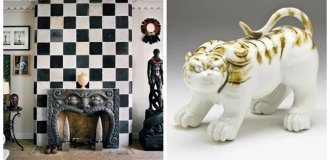The exemplary villages of Britain that industrialists built for their workers (8 photos)
They were perfect for life, and even now they look absolutely charming. 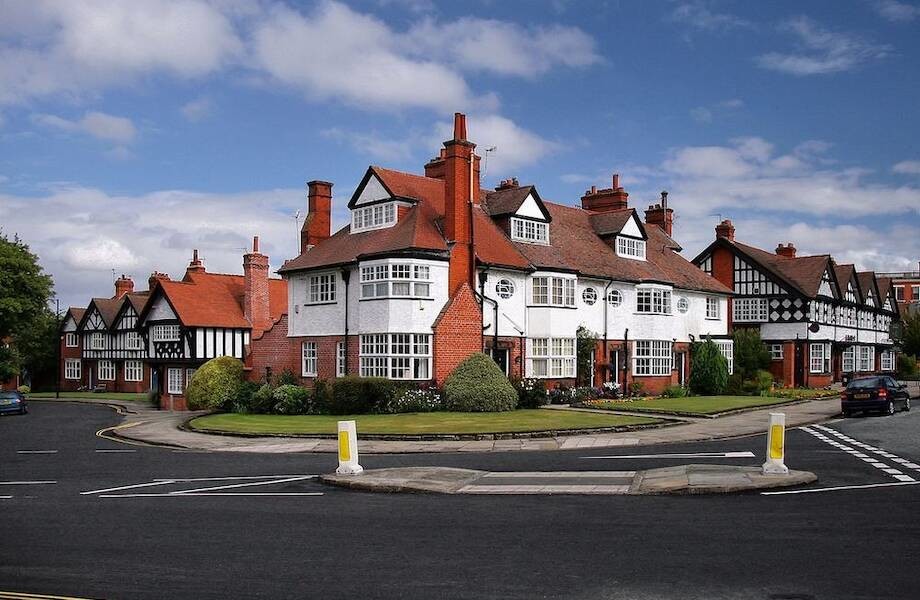
Corporate cities can be found in all countries: in fact, they are a settlement that grew up around a large enterprise, in order to for workers to live in. For example, Pripyat was, one might say, corporate city.
In the UK, such settlements appeared for several centuries earlier, and, perhaps, there were no such unique cities anywhere else. There is a reason for this: they were not towns at all, but villages, until still called Model Villages, or "model villages". 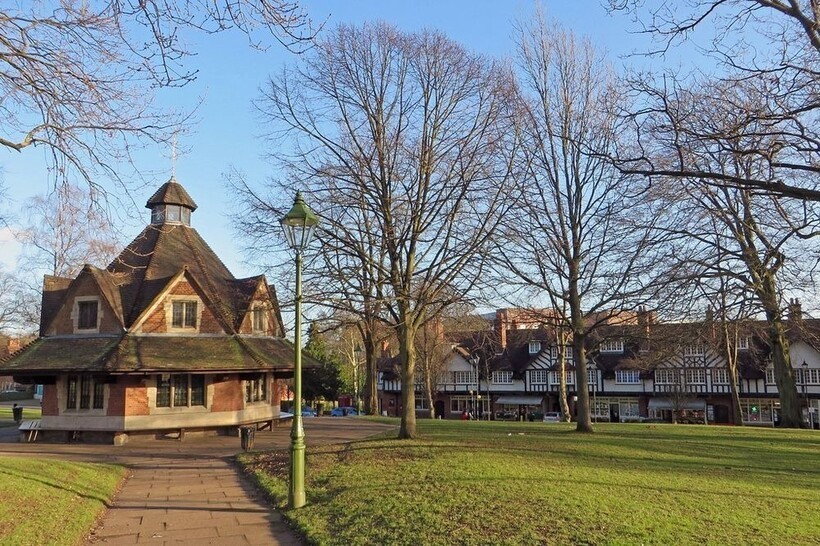
The village of Burnville in the suburbs of Birmingham, founded by the Cadbury brothers
Once there were about 400 such villages throughout the country. But they did not appear around some mining complex, model villages grew up next to small businesses that engaged in soap making or chocolate making. 
Street in the village of Saltaire: built by the owner of the woolen industry
The first of these villages appeared at the end of the 18th century. In fact, industrialists built small cozy houses around their factories. camps for workers. Model villages contrasted sharply with overpopulated areas of large cities where workers lived. Here were open spaces, a much better standard of living and quality of housing. 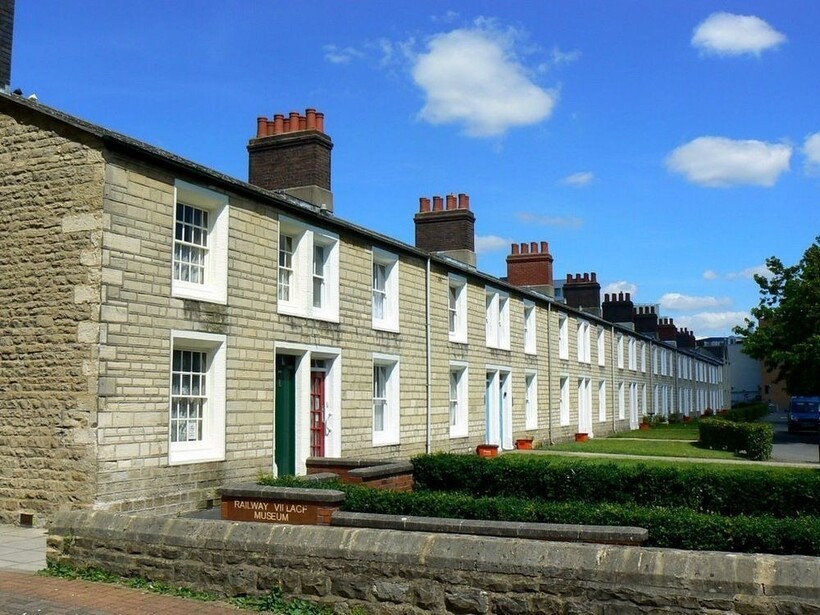
Homes for railway workers in the town of Swindon, which has grown from a model village
In fact industrialists when creating villages were guided by their own taste: for example, the barracks spoiled the view of the idyllic rural areas, and this view was observed by business owners from the window your villa. Therefore, neat towns that grew up next to factories, rebuilt from the aesthetic considerations of the owner of these territories. 
Vickerstown built by Vickers Shipbuilding and Engineering
But still, with the aesthetics and beauty of the appearance, exemplary villages were not limited. Many numbered several hundred houses, and the owners enterprises tried to organize education and cultural entertainment. Therefore, not only houses were rebuilt here, there were sobriety societies, as well as interest clubs, where they instilled a love of literature, art, music. 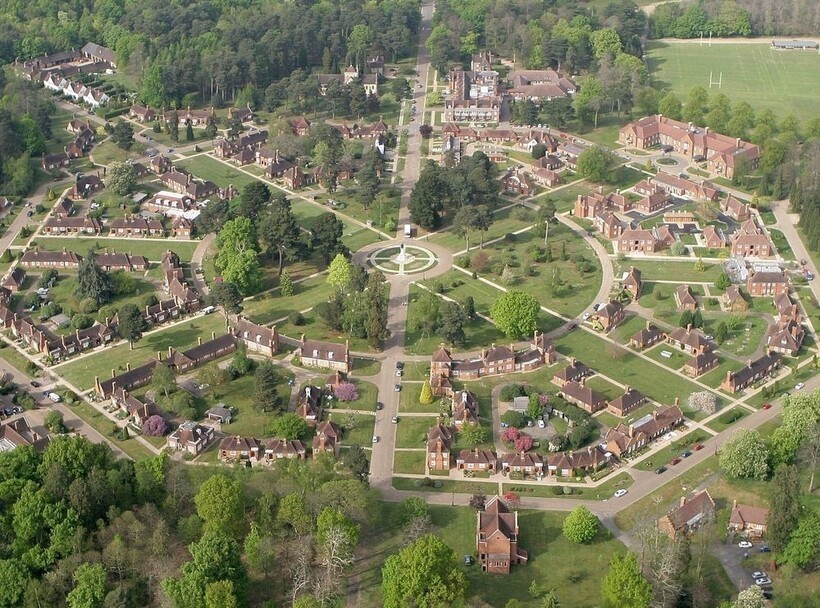
Whiteley Village
For example, one of these villages is Port Sunlight, it was built around a soap factory. For the first fifteen years of the XX century, 800 houses were built here, in which 3,500 people lived. The owner of this city promoted welfare programs, education and cultural leisure. 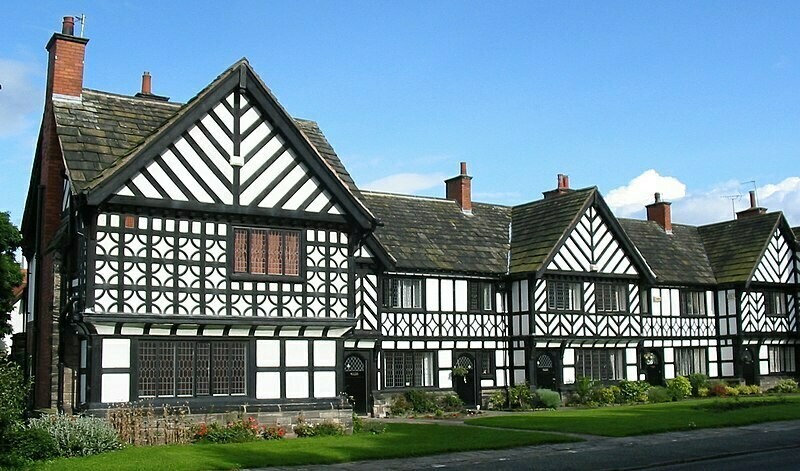
Port Sunlight built by Lever Brothers, which became part of Unilever in the 1930s.
Surprisingly, some factory owners even then came to concluded that a healthier environment, comfortable housing, and happiness employees increase productivity, in the future it helps the enterprise to grow. 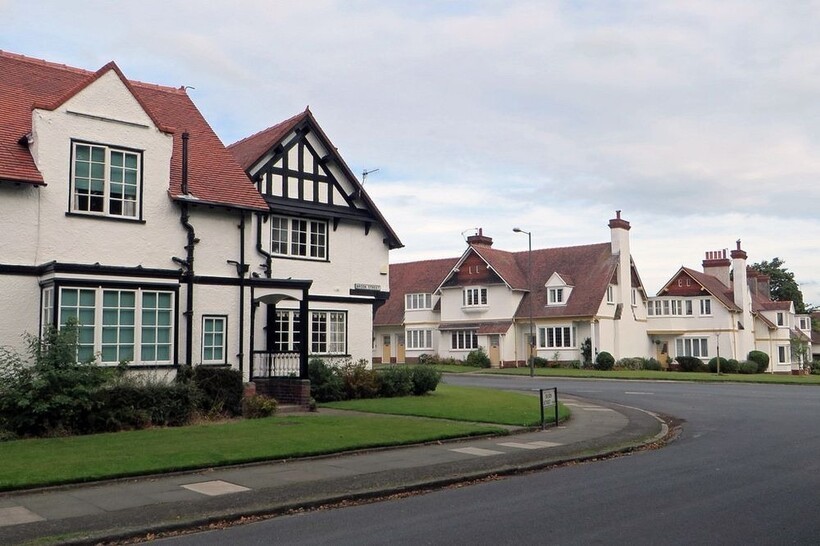
Port Sunlight. Today, Unilever produces products under many brands, including Dove, Sunsilk, Rexona, Axe.
Gradually, model villages became a role model: in neighboring countries they also adopted the British experience.









